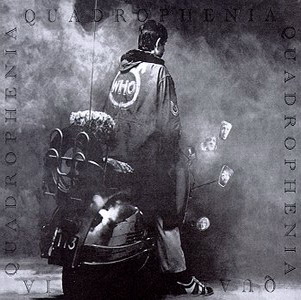Now that I have finished reviewing all the albums that The Who released during its original run, the time is ripe for individualizing the five studio records of the guys I can’t do without. As I always say, this is just a matter of personal tastes. I have to say it again because having included “Face Dances” at the expense of “Who Are You” or “Tommy” could end up in me being lynched. I am just highlighting the albums I can connect with the most. You can let us all know what you think by posting a comment below with your own favorites.
1- Who’s Next
The Who’s most consistent album from start to finish, and that is specially remarkable considering the tensions it caused within the band, the friction with their longtime managers and the risks that they took by embracing new technology so openly. If you listen to classic rock stations, you already know more than half of the songs on offer here – “Baba O’ Rile” (aka “Teenage Wasteland”), “Behind Blue Eyes”, Won’t Get Fooled Again”…
And the ones that you don’t know are no B leaguers in any sense (“Getting In Tune”, “The Song Is Over”, “Going Mobile”…)
2- Quadrophenia
A very problematic album turned to be a timeless work about identity – Pete Townshend’s key theme, and one that few have investigated as thoroughly as him. The 1996 remaster put everything in a mix as balanced as that of “Who’s Next”, making listening to this double album as pleasant to the ear as it is to your intellection.
3- Face Dances
How good would a poppy Who sound? The answer lies in this album, the first with Kenny Jones onboard. It produced their last chart hit, the dynamite “You Better You Bet”. But it also had some great songs in the shape of “Don’t Let Go The Coat” and “Another Tricky Day”. In each and every case, Roger’s delivery is more nuanced than usual. It is a pleasure to listen to him on this record. And the remastered CD is a true gem. Continue reading

